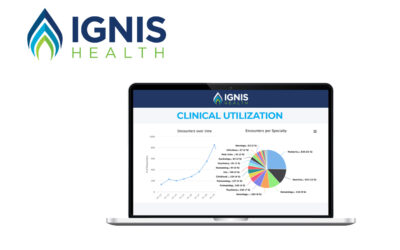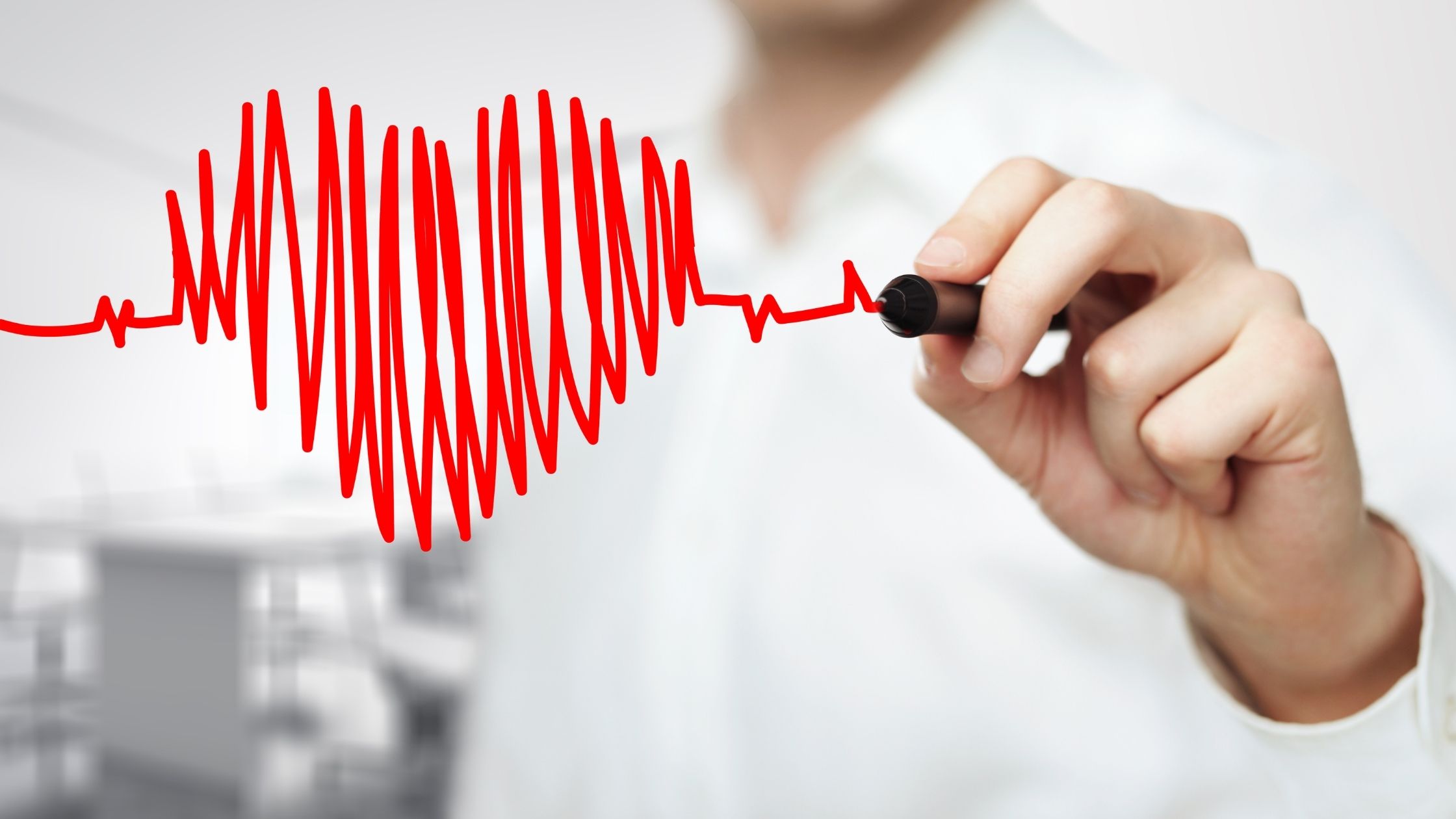 Now that telehealth has become part of the “new normal” during the coronavirus, healthcare institutions face a new challenge: How do we make sense of all this new telehealth data?
Now that telehealth has become part of the “new normal” during the coronavirus, healthcare institutions face a new challenge: How do we make sense of all this new telehealth data?
Enter Ignis Health.
Ignis Health shines when it comes to collecting data from these interactions and making it easily accessible for analysis. It provides the platform for healthcare institutions to retain, collect, measure, and, ultimately, utilize all their telehealth data.
Combining Vidyo’s repository of telehealth video, Clinical Data Repositories (CDRs), Electronic Medical Records (EMRs), healthcare Enterprise Data Warehouse (EDW), and billing systems with Ignis Health’s data analytics capabilities creates exciting new potential. Healthcare providers can now pull meaningful insights that they can use to optimize their operational, service delivery, and financial performance.
Challenges with telehealth analytics
The decisions that need to be made using telehealth data can sometimes have life or death consequences. This is why in today’s quickly evolving healthcare landscape, access to comprehensive, accurate, and timely reporting for telehealth is critical.
As telehealth interactions increase, healthcare providers need to include important questions in their virtual healthcare processes, such as:
- Which modalities, treatments, or programs were most effective?
- How did patients interact with particular healthcare delivery systems?
- Which measures are financially sustainable, and which are not?
However, implementing this mode of questioning into healthcare practices effectively has been difficult for institutions to achieve for several reasons. First, there are regulations that make implementation more tricky. These regulations act as policy barriers related to privacy, security, compliance, and Medicare coverage.
Adoption has also been part of the issue. There are patient-physician concerns about the need for in-person contact in order to make accurate diagnoses. Patients are concerned about how their sensitive information will be handled by telehealth analytics platforms. Another barrier is the lack of time to implement proper data governance and data integrity guidelines. The need for additional training to integrate telehealth analytics into their operations can be burdensome for most providers with typically tight schedules.
Finally, there is a disparity in the availability of technological solutions that pass quality standards that are not always compatible or easy to integrate with each other. In studies cited by the Brookings Institution, many institutions lack access to cutting-edge tools, especially ones that are easy to set up for enterprise-wide use while maintaining high security standards.
How COVID changed things
The global pandemic forced governments and healthcare providers to make a considerable effort to embrace telehealth on a much wider scale — and fast. The ensuing demand for telehealth was apparent. According to Frost and Sullivan research cited by CNBC, telehealth appointments grew 50% in March 2020 alone.
To help do our part as a video solutions provider, we decided to partner with an established data analytics company, Ignis Health, to provide a secure and comprehensive (yet user-friendly) suite of telehealth solutions to the embattled healthcare institutions that need us. All that’s left is to bridge the gap between demand and solution.
How Vidyo offers solutions
The partnership between Vidyo and Ignis Health led to the creation of the Telehealth Resource Program (TRP). TRP supports enterprise-wide telehealth analytics by allowing healthcare institutions to unlock the full potential and financial benefits of telehealth in the most secure way possible.
TRP’s comprehensive dashboard also makes it easier to spot inefficiencies — and opportunities — in operations, healthcare results, and financial sustainability. This way, you get the concrete data you need to confidently invest in the virtual health programs that are most effective. Also, TRP automates data collection, data visualization, clinical documentation, reimbursement, and reporting from Vidyo CDRs, easing the burden from healthcare practitioners who used to spend significant time doing these manually.
Overall, TRP delivers a two-pronged solution by giving healthcare providers the tools to make telehealth data useful for healthcare decisions, while providing you with useful information to understand and optimize your telehealth clinical services.
Interested in using TRP for your own telehealth solutions?
If you want to know more about Vidyo’s Telehealth Resource Program and how you can use it to enhance your own telehealth solutions, visit our webpage or email info@vidyo.com.
